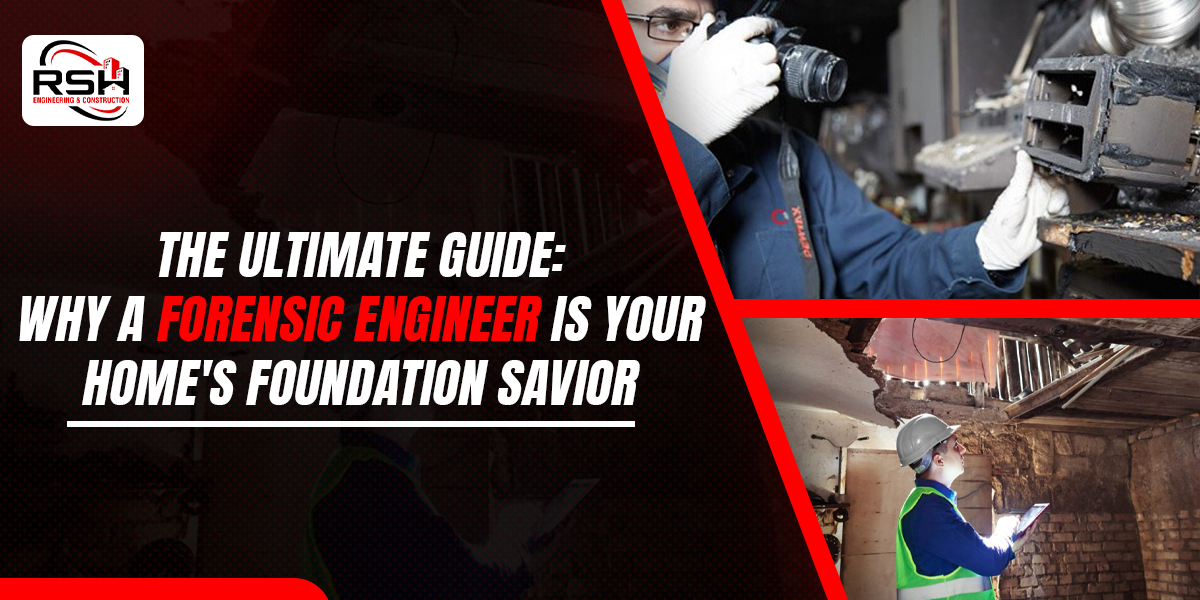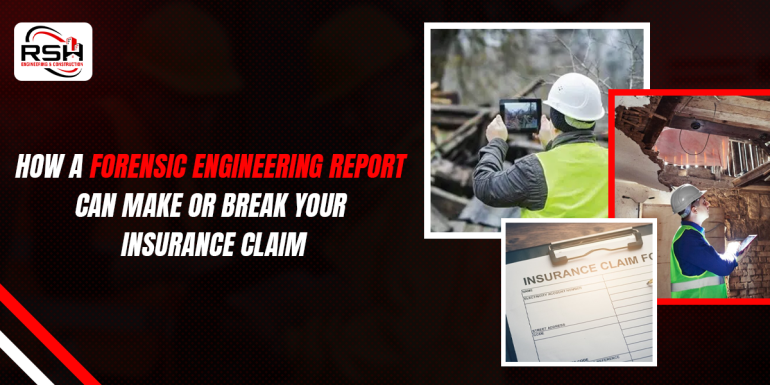Cracks in your walls? Doors that stick? Uneven floors? These are red flags for foundation issues that can cost tens of thousands to fix—or far more if mishandled. Homeowners often turn to contractors for a quick patch, but without pinpointing the root cause, problems recur, leading to skyrocketing repair bills and headaches.
Enter the forensic engineer—a detective-like expert who uses the scientific method to uncover why your foundation is failing. Unlike salespeople pushing piers or generic fixes, they deliver unbiased, evidence-based solutions that save money, ensure safety, and protect your investment for decades.
In this comprehensive blog, we will explore every phase of their involvement: pre-repair diagnosis, work-in-progress consulting, and post-repair prevention. These solutions are supported by extensive research, practical examples, and expert insights.
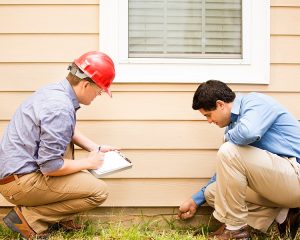
Foundation Inspection: Why You Need to Hire for One Today
What Makes a Forensic Engineer Different?
Forensic engineers specialize in failure investigations, applying reverse engineering principles honed from civil engineering, geology, and forensics. They are licensed professionals with no ties to repair companies, ensuring zero conflicts of interest.
Key Advantages:
- Unbiased Expertise: Independent opinions beat contractor sales pitches.
- Documentation Power: Sealed reports for insurance, loans, resale, and disputes.
- Cost Savings: Right diagnosis first time—avoid $50K+ wrong repairs (real X stories show $60K quotes slashed to $7K).
- Peace of Mind: Know your home is safe and stable.
The Scientific Method: Unmasking Root Causes
Forensic engineers follow a rigorous 4-step process:
- Observation: Site visits, document reviews (blueprints, maintenance history), interviews,
- damage mapping.
- Hypothesis: Identify causes such as soil shrinkage and poor drainage.
- Testing: Level surveys (every 5–8 feet), soil borings, 3D scans, and non-destructive tests.
- Conclusion: Root cause report with repair specs.
Common Culprits They Investigate:
| Factor | How It Causes Failure | Forensic Fix |
| Vegetation/Trees | Roots suck soil moisture, causing
shrinkage/swelling. |
Root barriers and relocation result from this process. |
| Drainage/Grading | Water pools and erodes/softens soil. | Regrade, French drains. |
| Gutters/Discharge | Overflow saturates the foundation. | Extensions, cleaning
plans. |
| Soil Type | Clay expands/shrinks; poor compaction settles. | Stabilization recs. |
| Age/Prior Work | The soil settles over time due to harmful additions. | Framing checks. |
| Framing/Plumbing | Leaks, uneven loads. | Integrated analysis. |
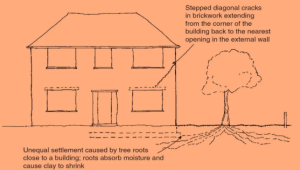
Trees can cause shrinkage and damage
Phase 1: Pre-Repair—The Deep Diagnosis
Don’t lift a shovel without this! Expect:
- Floor-Level Survey: Precise elevations reveal movement patterns.
- 17+ Data Points: Geology, history, distress signs.
- Custom Repair Plan: Specs for bids—piers, jacks, and drainage.
- Cost? $500-2K—cheaper than one wrong pier.
The outcome is that the bids are comparable and contain no surprises.
Phase 2: Work-in-Progress Consulting
Oversight = Perfection:
- Special inspections: Verify the contractor follows the plan.
- Change Order Reviews: Block upsells.
- Real-Time Adjustments: Monitor soil conditions.
Phase 3: Post-Repair—Future-proofing
The Real Win:
- Sealed Completion Letter: Better than any warranty—boosts resale.
- Maintenance Plan: Annual checks, gutter cleaning, tree pruning.
- Monitoring: Apps/sensors for early alerts.
Prevention Tips:
| Action | Benefit |
| Install gutter extensions | Diverts 100s of gallons. |
| Remove thirsty trees | Stops 100s of gallons of evaporation. |
| Regrade yard | 5% slope away from the house. |
| Soil test yearly | Catch issues early |
Result: Zero recurrence
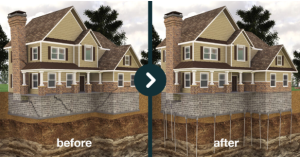
Boost Your Home’s Value with Concrete and Foundation Repair
Call to Action: Protect Your Home Today
DIY or contractor guesses = Risk
Hire a forensic engineer for clarity, savings, and security. Your home deserves the scientific truth. Act now—before a small crack becomes a catastrophe!

